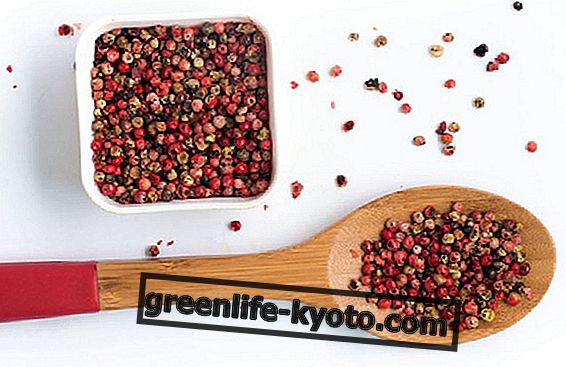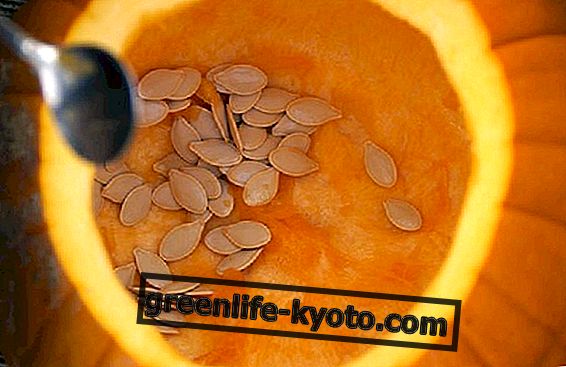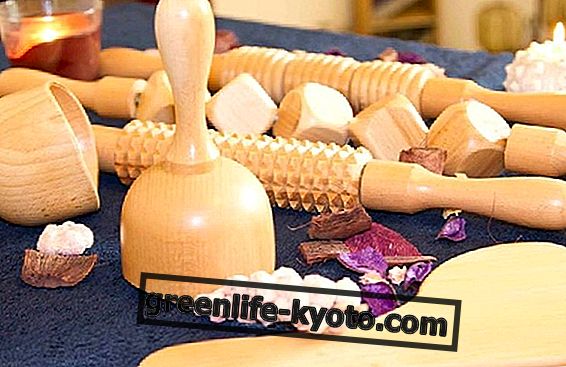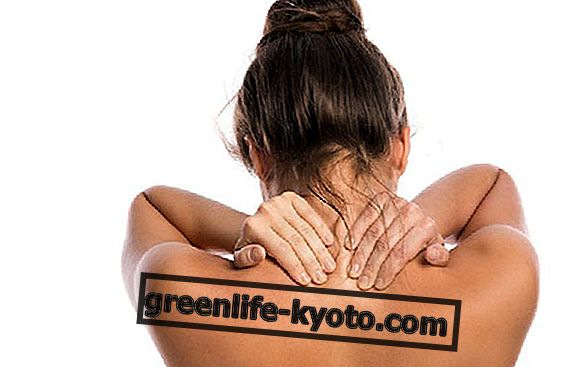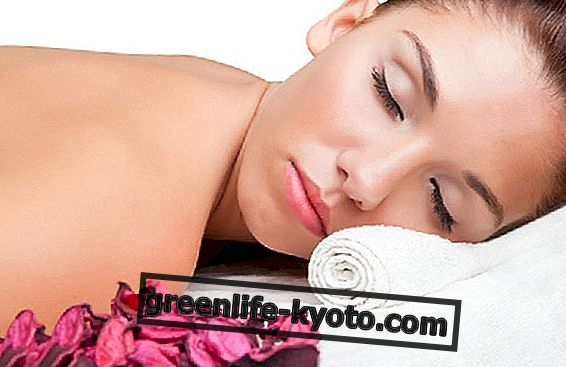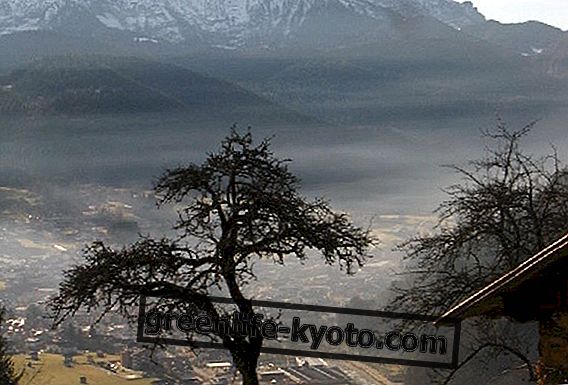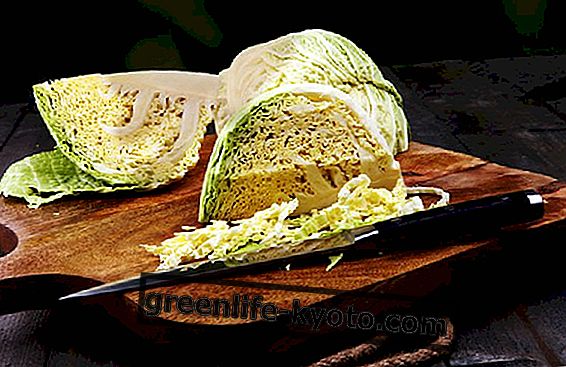
The kajal: what is it?
The kajal is a type of natural cosmetic used as an eye makeup.
It has Middle Eastern and African origins, and was used as a disinfectant and to clean the eyes, but also as a natural aesthetic make-up to enhance the depth and intensity of the gaze of women, men and even children. The effect of the kajal on the look is to make the cornea glossy, and to emphasize the dark outline . The kajal is black, but you can also find shades of purple or blue, depending on the pigments contained.
However, the natural antibacterial agent may contain animal fat.
The effect is that of a natural smokey eye : the kajal in fact tends to dissolve naturally in contact with the moisture of the eyes, to settle between the lashes and to blend towards the outside of the eye in a homogeneous manner and without scratching.
Pencils, pencils and kajal pastes exist on the market. The original is the one in paste. Pencils and pencils can be easier to apply, but the result is not the same: for consistency, in fact, they have a drier and less shadable hold.
Furthermore, the duration varies: pencils and pencils last less than the kajal in paste, which settles on the edge of the eyes making the lashes thicker . Furthermore the kajal has the advantage, if you are not personally sensitive to its composition, of being able to be kept in the eyes without removing make-up or removing make- up with simple soap and water : what remains will simply go away during daily hygiene, without using special make-up removers for eyes. The kajal is not waterproof, so it flows in contact with liquids, fading more and more.
The kajal: how it applies
The original kajal has the consistency of a dense and homogeneous paste, shiny black. It is applied with glass sticks of the size of a toothpick, but with a rounded tip and a drop. Usually the glass applicator is sold together with the product.
Applying the kajal with the glass stick is simple: take a quantity of dough from the end of the glass stick equal to the size of the tip of the stick itself. The "inked" tip is placed on the inner rim of the lower eyelid, starting from the outer corner of the eye. The eye is closed on the stick and the entire inner rim of the eyelids is covered with it .
The goal is to spread the desired amount of kajal paste evenly on the eyelids. The gesture must be very delicate and not irritate the eyes.
If you don't have the glass stick, you can use a soft and very thin tip makeup brush . In this case, the tip of the brush is moistened with a little water or artificial tears, a minimal amount of kajal is taken, and applied to the inner rim of the lower eyelid. To make the paste adhere even on the upper eyelid it will be enough to close the eyes and lightly massage the eyelids .
The kajal has the natural tendency to strain and fade. Therefore its use is very versatile and malleable: you can let it fade alone around the eyes, or use a small brush, or even remove with a damp tissue the kajal that passes over the edge of the lashes.

